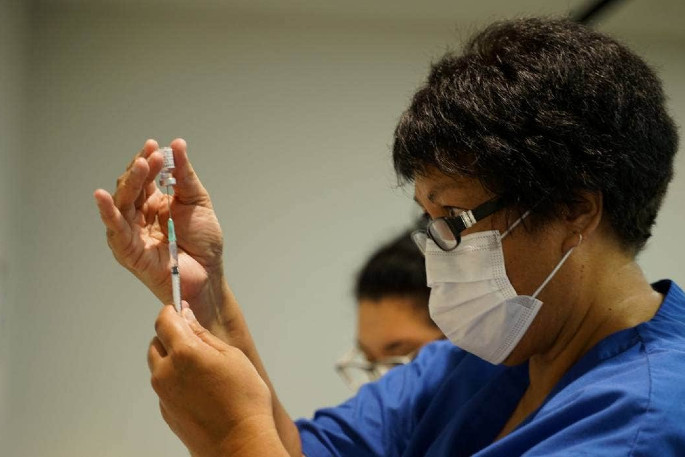The Bay of Plenty has one of the lowest vaccination rates for Covid-19 with only 66 per cent of eligible people having received their first, second and booster vaccinations so far. The Lakes region is not much further ahead with only 66.3 per cent of the eligible population having received all three vaccinations.
Counties Manakau DHB is sitting at 65.9 per cent and Tairāwhiti DHB has the lowest figure with only 65.8 per cent fully vaccinated and boosted.
"Vaccination remains our best defence against Covid-19 and a booster – in addition to first and second doses – gives you greater immunity against Omicron and severe illness," says a Ministry of Health spokesperson.
"There's a much lower risk of being hospitalised if you're up to date with your Covid-19 vaccinations.
"So, if you or your whānau are due for a Covid-19 vaccination – whether it be a first or second dose or a booster – please, make an appointment today."
More than 10.6 million doses of the Covid-19 vaccine have been administered to eligible people aged 12 and above in New Zealand, including 2.6m booster shots.
Almost 114,000 children aged 5 to 11 have had two doses of the vaccine, while 261,367 have had one.
The Auckland DHB had more than 99 per cent of its eligible population aged 12 and up at least partially vaccinated and 416, 742 people in this group - 98.3 per cent - have received their second dose.
People aged 12 and over in Canterbury have also reached 99 per cent partially vaccinated, with 98.9 per cent of that population on their second dose.
XE Omicron subvariant
So far, only one case of the XE Omicron subvariant - caught at the border - has been identified in New Zealand. But as genome sequencing is limited, we cannot know for sure.
The first known case of XE in the country was recorded on April 23, and to date, sequencing did not indicate it was established in New Zealand at present.
There is a time delay of at least "several" days between a case in the community being infected and sequencing for that case being potentially undertaken.
In addition, not all community cases can be sequenced, as most community cases are detected through rapid antigen tests which can't be sent for sequencing.
Meanwhile, new research has suggested if you have Covid-19 symptoms but test negative, you should test again one to two days later, or on day four of feeling crook.
A study from the United States, compared PCR and RAT results of 225 children with the virus, and found sensitivity of RATs peaked four days after symptoms began.
Researchers also found doing a second test one or two days after an initial negative test helped increase the number of cases detected via RATs.
Infectious diseases physician Kurt Krause said the findings reaffirmed that PCR is "still really the gold standard" for Covid testing.
Global toll
Data from John Hopkins University shows more than 512 million people have been infected with Sars-CoV-2, and more than 6.2 million have died.
Vaccination efforts are continuing with 11.3 billion doses administered around the world.
The United States continue to record the most cases and fatalities - more than 81 million cases and more than 993,000 deaths.
South Korea has the highest 28-day rolling total, with 3.8 million cases reported in the past month and 6134 deaths. Germany and France follow closely behind, with 3.3 million and 2.9 million cases reported in the past 28 days, respectively.



0 comments
Leave a Comment
You must be logged in to make a comment.